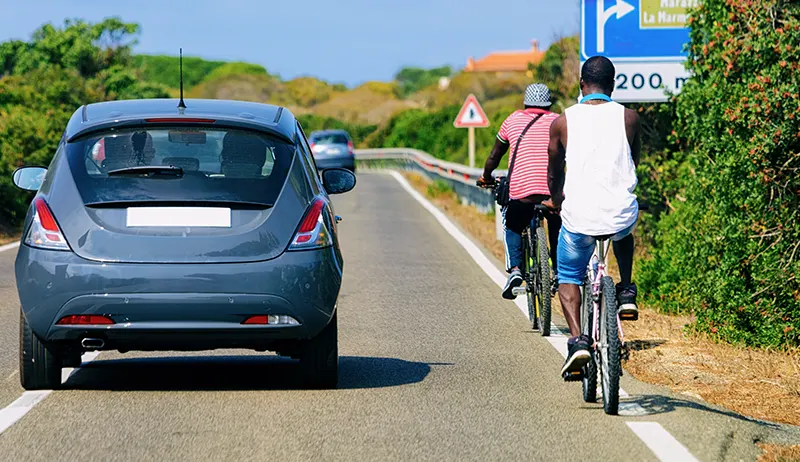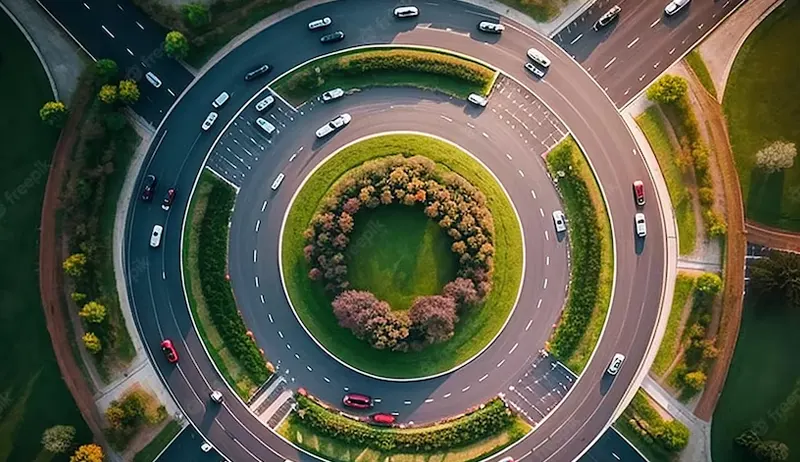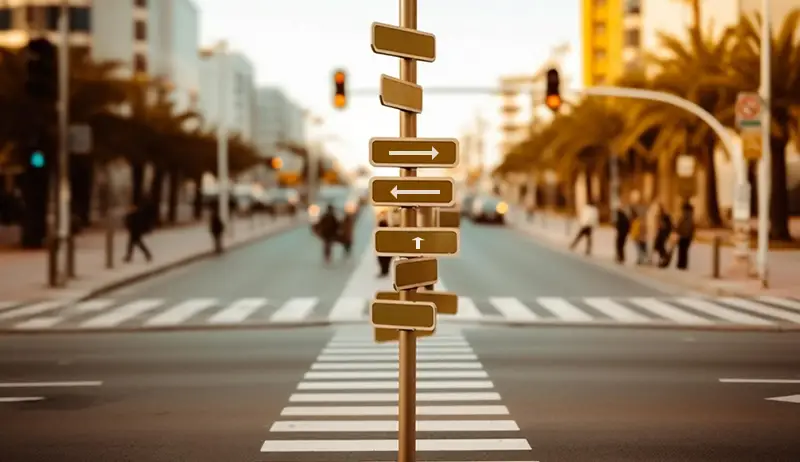- Connecting you better - so life goes on ! Freedom
- confidentpass@hotmail.co.uk
Disclaimer :-
At Confident Pass Driving School, we value and pride our customers - we wish the very best for all our customers, however if a tutor deems you unready for your driving test they have the authority to deny you access to the vehicle, this is to ensure safety on the roads avoiding possible roads accidents.
In this event no refunds will be provided, however we will continue with normal driving lesson instead.
Thank you for the understanding.







